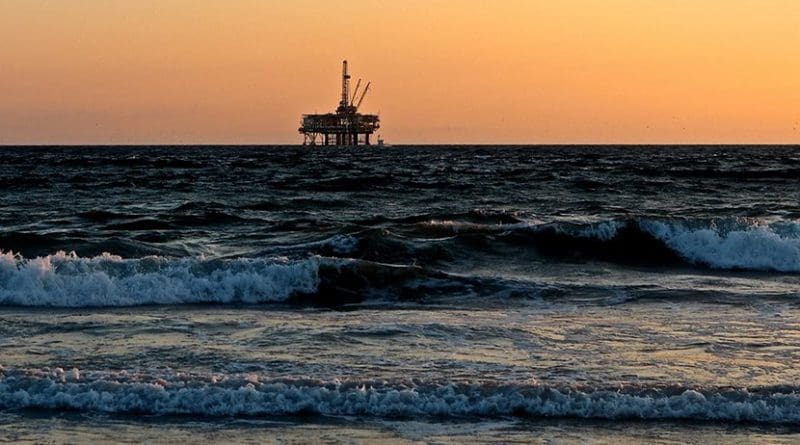Oil Companies Should Act Now To Stop Oil Price Spiraling Out Of Control – OpEd
By Arab News
By Cornelia Meyer*
Ever since September the oil price has been flirting with new levels: $80 for Brent and $70 for WTI. When OPEC+ (the 15 OPEC nations and their 10 non-OPEC allies, led by Russia) met in Algiers, they decided not to give up on an agreement that saw them curb production by 1.8 million barrels per day (bpd).
This was despite rising oil prices and belligerent tweets by Donald Trump. The JMMC (Joint Ministerial Monitoring Committee) merely decided to bring compliance down to 100 percent from the above 120 percent where it stood in mid-September. Saudi Oil Minister Khalid Al-Falih acknowledged that markets were tight, but said that KSA had sufficient spare capacity that could be unleashed if necessary. Al-Falih is also on record saying that, given the choice, he prefers markets to be tight.
It came as no surprise, then, that the $70/$80 levels were pierced permanently. Brent and WTI even overshot the $85 and $75 benchmark for Brent and WTI.
The spike reflected the tightness of the market, which is induced by Venezuela’s low production and the unpredictability of Nigerian and Libyan production because of the internal political situation. The impending Iranian sanctions further spooked the markets. It is unclear by how much Iranian exports will be reduced come Nov. 4, when the sanctions kick in. So far Iranian exports have fallen by roughly one third to about 1.1 million bpd.
On Monday morning India’s Petroleum Minister, Dharmendra Pradhan, hinted that India would continue to import crude from Iran after November and settle the transactions in rupees. They hope this will help them to fudge violating the sanctions, which are set to forbid US dollar-denominated trading. This comes as little surprise: India’s refineries are thirsty for heavy crude. India has been one of Venezuela’s big customers, therefore refiners need to substitute for Venezuelan shipments. The country can ill afford to forego a major source of heavy oil.
US Secretary of State Mike Pompeo’s offer to substitute Iranian crude with US shale oil does not work, because the latter is light and cannot at this point be accommodated by Indian refiners in huge quantities. Crude does not equal crude.
Some respite will come from Saudi Arabia, which will increase its production to 10.7 million bpd. Russia is now producing 11.3 million bpd, which means it has surpassed its record production levels of October 2016. Last Friday Al-Falih also declared that KSA had an additional 1.3 million bpd of spare capacity that could easily be released if and when required.
These are the ups and downs of daily markets. What we really should look at are the long-term trends. With a growing world population, oil demand is set to grow until about 2040 and plateau after that. The International Energy Agency forecasts demand growth of 1.3 million bpd for 2018 and 1.5 million bpd for 2019 alone. According to the organization the petrochemicals sector will account for 30 percent of growth in oil demand until 2030 and 50 percent from 2030 to 2050. At the same time, the sector is heavily underinvested. During the lean years international oil companies canceled or postponed up to 40 percent of their scheduled investment. They have resumed some of that investment, but not nearly enough to compensate for the fallacies of the lean years. The only oil companies that persisted with their investment patterns irrespective of the level of the oil price are the GCC’s national oil companies such as Saudi Aramco or ADNOC.
Oil is an ultra-long cycle business where a dollar invested today will result in a barrel produced in four to 10 years in the conventional space. The underinvestment will come to haunt the oil markets in the mid-2020s, just when the shale oil production is forecast to peak.
We should keep our eyes on the ball and ensure adequate investment levels in the sector. Given demand and supply projections, the situation will get tighter in the 2020s. Oil companies need to act now to avert the danger of the oil price spiralling out of control, because then oil risks becoming a danger to the global economy.
* Cornelia Meyer is a business consultant, macro-economist and energy expert. Twitter: @MeyerResources

